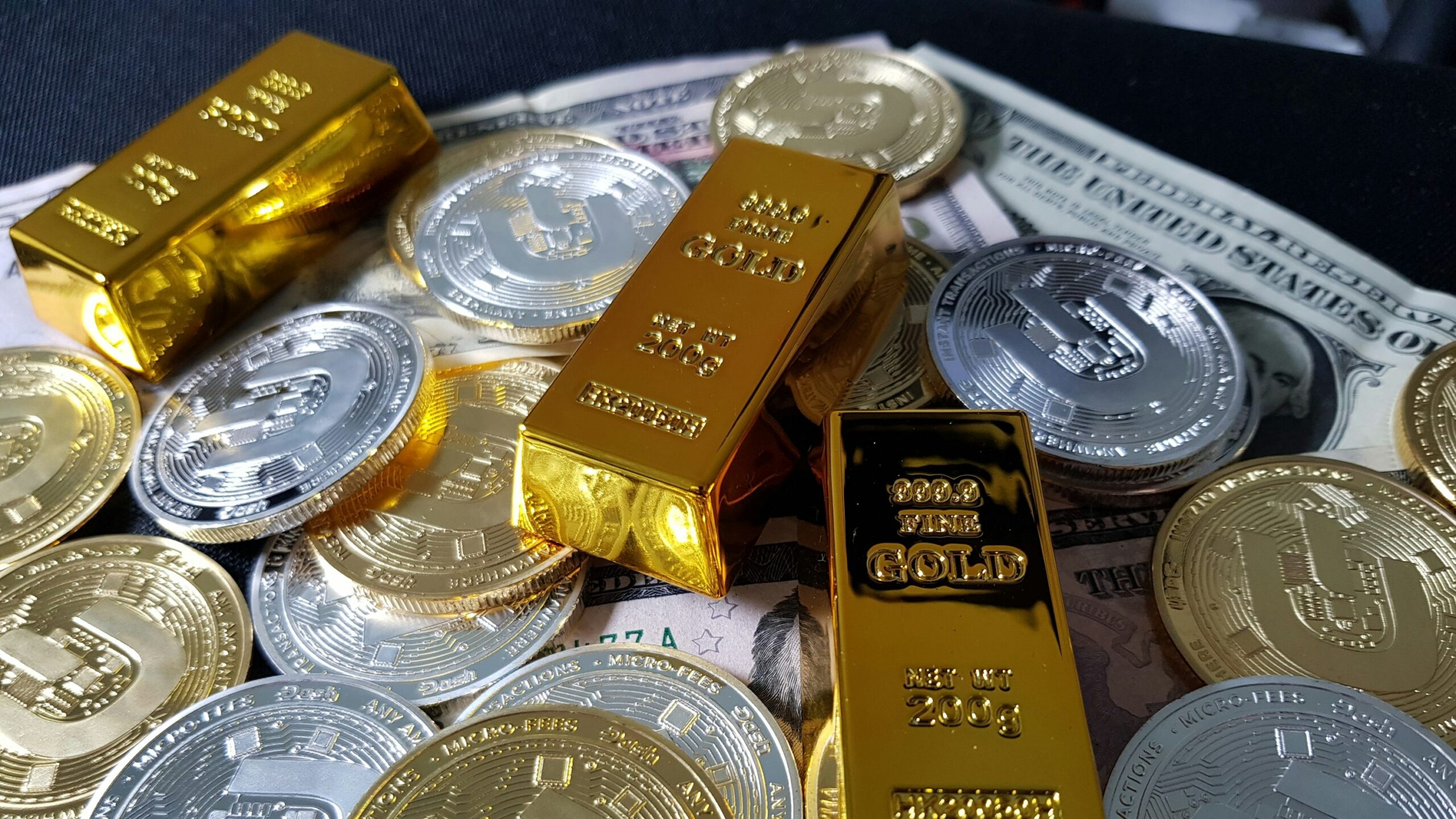After settling around $2 a barrel on Friday, oil prices were little changed in early Asian trade on Monday as increased supplies in the United States and expectations of additional interest rate hikes dampened optimism about China’s demand rebound. To reach $82.91 a barrel, Brent crude lost 9 cents or 0.1%. The price of March West Texas Intermediate crude in the United States, which expires on Tuesday, was $76.40 a barrel, up 6 cents. April’s more active contract lost 9 cents to reach $76.46.
The benchmarks decreased by roughly 4% last week as a result of increasing crude and gasoline stockpiles reported by the US. Meanwhile, Washington announced intentions to release 26 million barrels of crude from the Strategic Petroleum Reserve (SPR), which Energy Aspects analysts said could result in greater stocks at Cushing, Oklahoma, the delivery location for WTI contracts, until May. Oil prices were also restrained by expectations that the U.S. Federal Reserve will keep raising interest rates, which may strengthen the dollar.
Holders of other currencies must pay more for oil priced in dollars due to the stronger dollar. Kazakhstan will deliver 100,000 tonnes of oil to Germany’s PCK Schwedt refinery through Russia’s Druzhba pipeline in March, another indication of better supplies. According to CMC Markets analyst Tina Teng, investors in Asia are waiting to see what the People’s Bank of China will do with its mortgage rates to help the region’s economy and real estate sector revive. The main buyer of crude oil worldwide is China.
Due to the rising demand for transportation gasoline and the startup of new refineries, analysts anticipate that China’s imports will reach a record high in 2023. Following the European Union embargo, China and India have emerged as the two biggest consumers of Russian crude. According to trade figures, India imported a record 1.4 million barrels of Russian oil per day in January.

